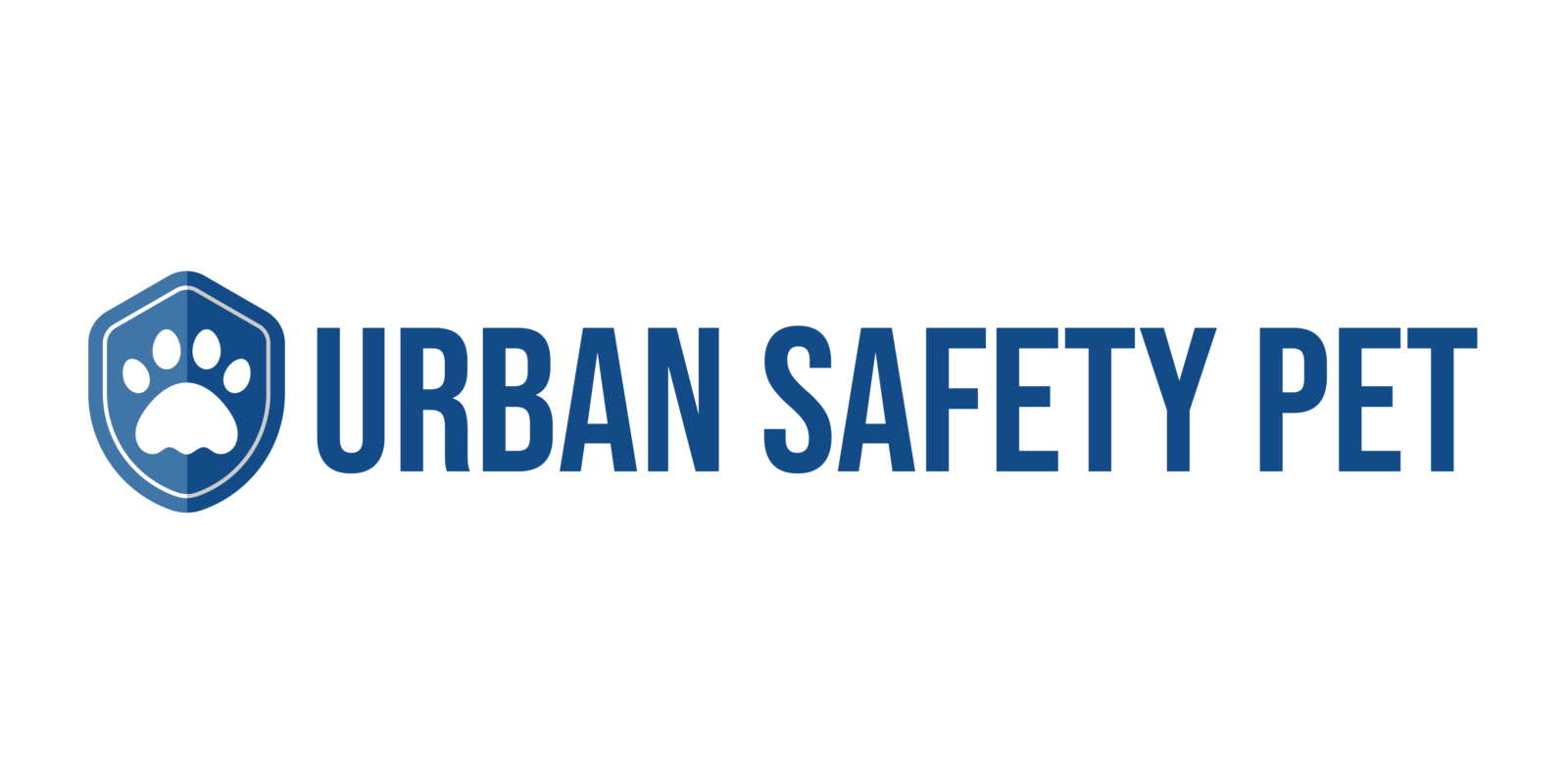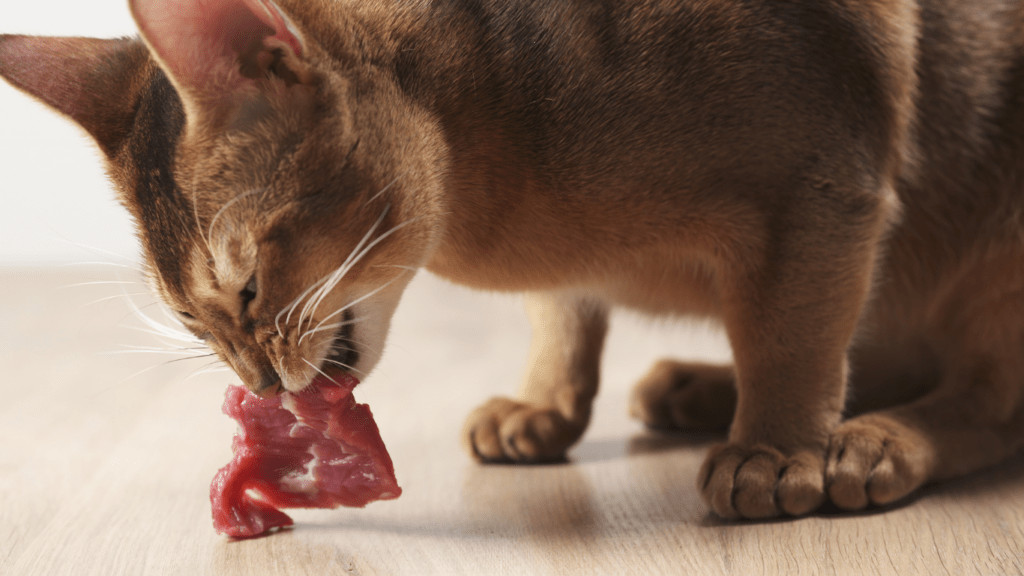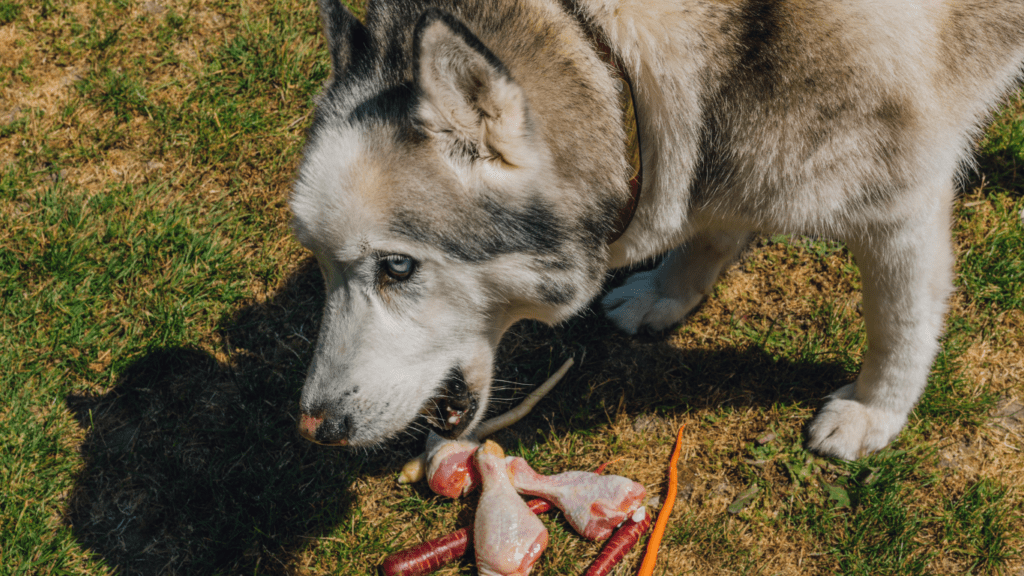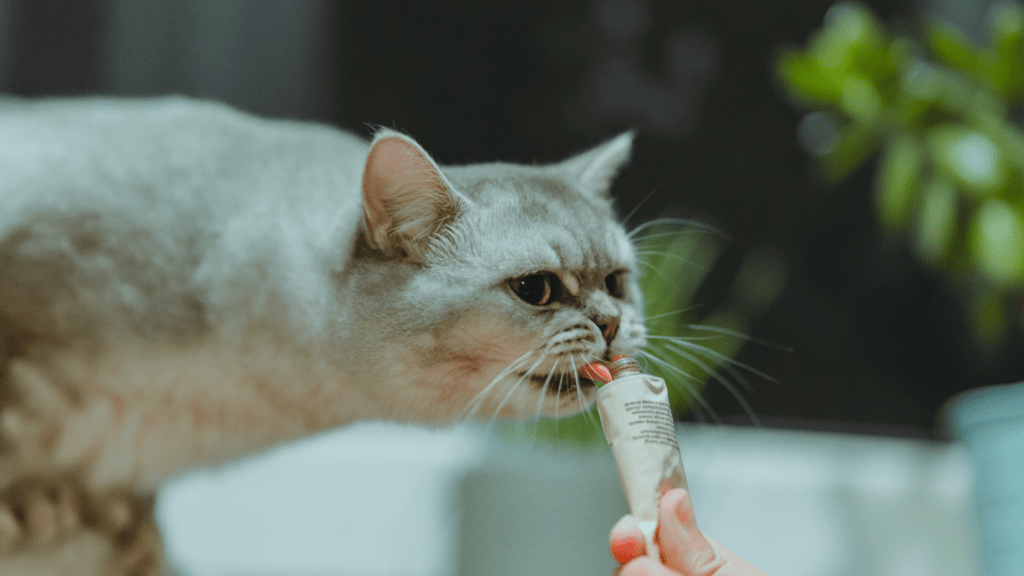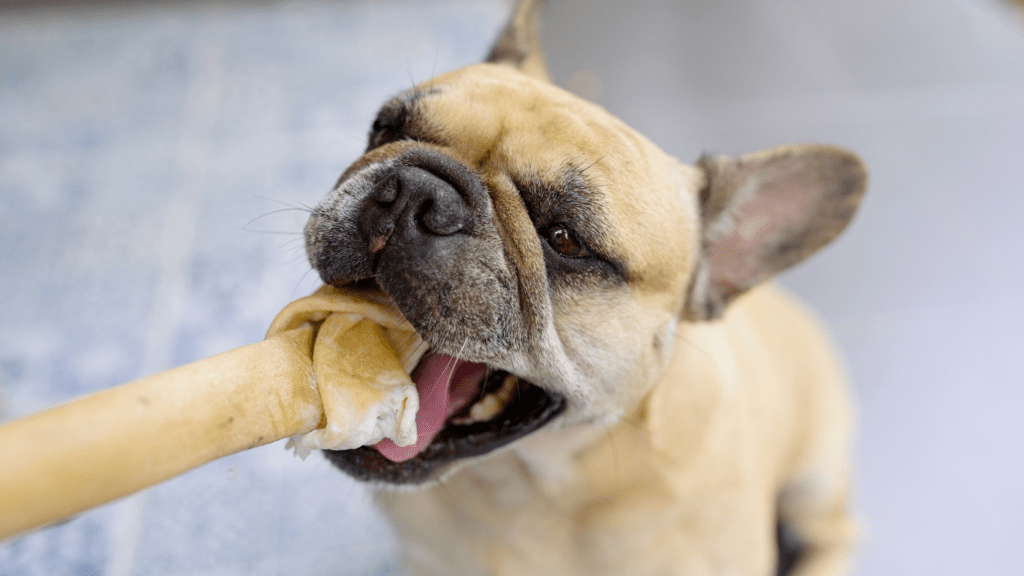Understanding Raw Diets for Pets
Pet owners are increasingly considering raw diets for their cats and dogs. These diets usually include raw meat, bones, fruits, and vegetables. By providing a natural and unprocessed diet, advocates believe pets will receive the essential nutrients in their most beneficial form.
Components of Raw Diets
- Raw Meat: Includes muscle meat, often still on the bone. Common sources are chicken, beef, and lamb.
- Bones: Provide calcium and phosphorus. Examples include chicken wings and beef ribs.
- Organ Meat: Rich in vitamins and minerals. Common organ meats used are liver and kidneys.
- Vegetables and Fruits: Offer fiber and vitamins. Popular choices are carrots, apples, and spinach.
Nutritional Balance
Balanced nutrition is critical for pets on a raw diet. Raw diets must include the correct proportions of protein, fat, vitamins, and minerals. Deficiencies or excesses can lead to health issues. Consulting a veterinary nutritionist helps ensure balanced meals.
Health Benefits
Advocates claim several health benefits linked to raw diets:
- Improved Coat Condition: Many pet owners report shinier, thicker coats.
- Better Dental Health: Chewing raw meat and bones may reduce plaque and tartar buildup.
- Increased Energy Levels: Pets often exhibit more energy and vitality.
Safety Concerns
Safety is a significant concern with raw diets. Raw meat can harbor bacteria like Salmonella and E. coli, which can cause illness in both pets and people. Proper handling and sourcing from reputable suppliers reduce contamination risks.
Bacterial Contamination
Raw food must be stored and prepared correctly to avoid bacterial growth. Using separate utensils and cleaning surfaces prevents cross-contamination. Freezing meat before use can help kill some bacteria, although not all.
Transitioning to a Raw Diet
Transitioning must be gradual to avoid gastrointestinal upset. Start by mixing small amounts of raw food with your pet’s current diet, slowly increasing the raw portion. Monitor your pet’s health and consult with your veterinarian to address any concerns.
Benefits of Raw Diets
Raw diets for pets have several championed benefits that can enhance their overall health and well-being. These benefits often align with anecdotal evidence from pet owners and some veterinarians.
Improved Digestion
Raw diets can lead to better digestion in pets. The inclusion of enzymes found in raw food aids in breaking down nutrients, making it easier for pets to absorb and assimilate them. Higher digestibility can result in smaller, firmer stools, which indicate efficient nutrient uptake. Some pets experience reduced incidences of digestive issues, such as vomiting and diarrhea, following a switch to a raw diet.
Shiny Coat and Healthy Skin
Many pet owners report a noticeable improvement in their pets’ skin and coat quality following a raw diet. Raw food offers essential fatty acids, especially omega-3 and omega-6, which are crucial for a healthy coat and skin.
Pets on raw diets often have shinier, more lustrous coats and reduced skin problems such as itching and flaking. These signs of a healthy coat and skin often correlate with optimal nutrition and hydration levels.
Increased Energy Levels
Pets on a raw diet commonly demonstrate higher energy levels. The unprocessed, nutrient-dense food provides sustained energy, helping pets remain active throughout the day. This increased vitality can be particularly beneficial for working dogs, athletic pets, and those in recovery. Pet owners often observe heightened alertness, playfulness, and overall engagement from their pets on raw diets.
Potential Risks of Raw Diets

Raw diets present several risks that pet owners should consider. Although raw diets offer many benefits, it’s crucial to be aware of potential hazards.
Bacterial Contamination
Raw meat carries bacteria like Salmonella, Listeria, and E. coli. Pets can get sick if they consume contaminated meat, and the bacteria can also spread to humans through handling. Proper storage and hygiene practices reduce this risk.
Nutritional Imbalance
Raw diets may lack essential nutrients if not carefully formulated. Incomplete nutrition leads to deficiencies that affect a pet’s health. Consulting with a veterinary nutritionist helps ensure a balanced diet.
Risks of Parasites
Parasites in raw meat pose a threat to pets. These include roundworms, tapeworms, and Toxoplasma gondii. Freezing raw meat before feeding can kill many parasites, minimizing the risk to your pet.
Expert Opinions on Raw Diets
Experts weigh in on the safety and benefits of raw diets for pets. Their perspectives offer valuable insights for pet owners considering this approach.
Veterinarian Views
Veterinarians express concerns about raw diets, primarily due to potential bacterial contamination. They observe cases of pets contracting illnesses from pathogens like Salmonella and E. coli.
Concerns extend to pet owners who might be exposed to these bacteria during meal prep. Some vets highlight the importance of a balanced diet, noting that raw diets might lack essential nutrients if not correctly formulated. They recommend consulting a vet before transitioning to raw food to ensure pets’ nutritional needs are met.
Animal Nutritionist Perspectives
- Animal nutritionists emphasize the need for a well-balanced diet, cautioning that raw diets can lead to deficiencies or imbalances.
- They stress the importance of including all essential vitamins and minerals to avoid health issues.
- Nutritionists also point out the risks of parasites, advising proper food handling to minimize contamination.
- They support raw diets under supervision, with regular check-ups to ensure pets receive complete nutrition.
Tips for Safely Implementing a Raw Diet
Implementing a raw diet for pets involves several crucial steps to ensure safety and nutrition. Following these tips can help prevent health issues and maintain your pet’s well-being.
Selecting Quality Ingredients
Choose high-quality, fresh ingredients to minimize the risk of contamination and nutritional deficiencies. Purchase meat from reputable suppliers known for stringent quality control.
Rotate protein sources, including chicken, beef, and fish, to diversify nutrient intake. Include organ meats like liver and heart for essential vitamins and minerals. Add fresh vegetables and fruits such as carrots and apples for fiber and antioxidants.
Proper Food Handling and Storage
- Handle raw food with care to prevent bacterial contamination.
- Wash hands and utensils thoroughly before and after preparation.
- Use separate cutting boards for raw meat to avoid cross-contamination.
- Store raw food in airtight containers in the refrigerator at 40°F or below and freeze it if not used within 1-2 days.
- Thaw frozen food in the refrigerator, not at room temperature, to reduce bacterial growth.
- Implement a first-in, first-out system to ensure fresh ingredients are always used, avoiding spoilage and maintaining nutritional quality.
